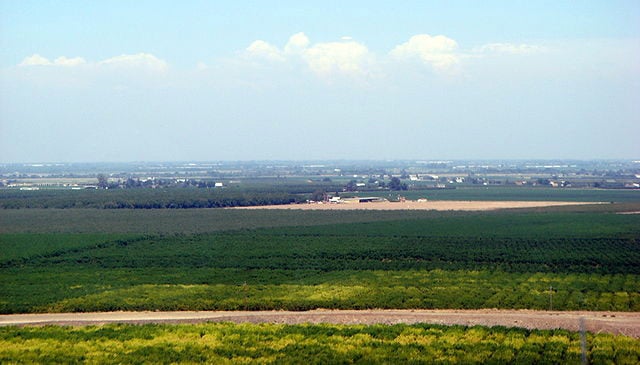Already well underway is an ambitious agriculture-centric fertilizer-pollution-reducing initiative which aims to improve both air and water quality. No, you’re eyes aren’t playing tricks on you; you read it right – a fertilizer-pollution-reducing initiative.
And, on this, the Environmental Defense Fund (EDF) offers considerable background and insight.
In “EDF launches initiative to reduce fertilizer pollution from commodity grain crops: Collaborative effort will improve water quality, cut GHGs and reduce supply chain risk,” an EDF press release, made quite clear is: “Environmental Defense Fund (EDF) has launched a new, collaborative initiative to eliminate fertilizer pollution as a major environmental concern in the United States. The effort will engage farmers and businesses throughout the supply chain to transform the way fertilizer-dependent grain crops are grown and sourced.”
Goals-driven
“The near-term goal of EDF’s Sustainable Sourcing Initiative is to maximize fertilizer efficiency on half of U.S. corn crops by 2020 (approximately 45 million acres), which will cut 25 million metric tons of greenhouse gas emissions and improve water quality,” the EDF noted, and, working in collaboration with “United Suppliers” in Iowa, through the development and implementation of said “fertilizer efficiency program” the “company has committed to optimizing fertilizer use on 10 million acres, which would reduce greenhouse gas emissions by nearly 5 million metric tons and contribute to cleaner water.”
Vice President of EDF, David Festa, in the release emphasized that in meeting a growing demand for food pollution must be decoupled from production, this being done “as soon as possible.”
With much farmland acreage having been taken out of production already – primarily through land fallowing due to ongoing and prolonged drought conditions, particularly in the U.S. west, not to mention that which has been rezoned for residential, commercial and industrial use – that, in and of itself, having a profound effect, learning about goals like those of the EDF’s mentioned above, is like a ray of sunshine poking through a cloud-filled sky.
As a matter of fact, in regards to ag-acreage loss due to land transference for the purpose of providing a platform on which other types of development can occur, such is born out in an article I wrote that graced parts of two pages in the Mar. 2009 Vegetable Growers News issue, said article titled: “San Joaquin Valley deals with development.”
Under the “Startling statistics” article subhead, referred to was the America Farmland Trust study: “Paving Paradise: A New Perspective on California Farmland Conversion,” under which included was an itemized list, two key points being:
- “More than half a million acres were urbanized during the 1990-2004 period, almost two-thirds of the state’s agricultural land
- “According to the study: ‘If sprawling development patter ns [sic] continue, another 2 million acres of California land will be paved over by 2050. If, however, the state as a whole develops land as efficiently as Sacramento County or the [San Francisco] Bay Area did in recent years, a million acres of California’s irreplaceable farmland could be saved.’”1
But, being formerly farmed land and then subsequently rezoned and to be used for residential, commercial, industrial purposes, such can, as well, be breeding grounds for contaminated air.
So, to combat the unhealthy and often unsightly nemesis air pollution is, laudable means such as the EDF’s Sustainable Sourcing Initiative, to name but one, should by all means be advanced.
And, added the EDF: “Fertilizer is the engine of agriculture, but its inefficient use is one of the biggest threats to a stable climate and clean water. Nitrogen not soaked up by crops emits a heat-trapping gas 300 times more powerful than carbon dioxide. Phosphorous and nitrogen run-off from fertilizer causes toxic algal blooms that contaminate drinking water supplies and create dead zones,” each of which are serious issues.
Notes
- Alan Kandel, “San Joaquin Valley deals with development,” Vegetable Growers News, Mar. 2009, pp. 9, 17.
– Alan Kandel
